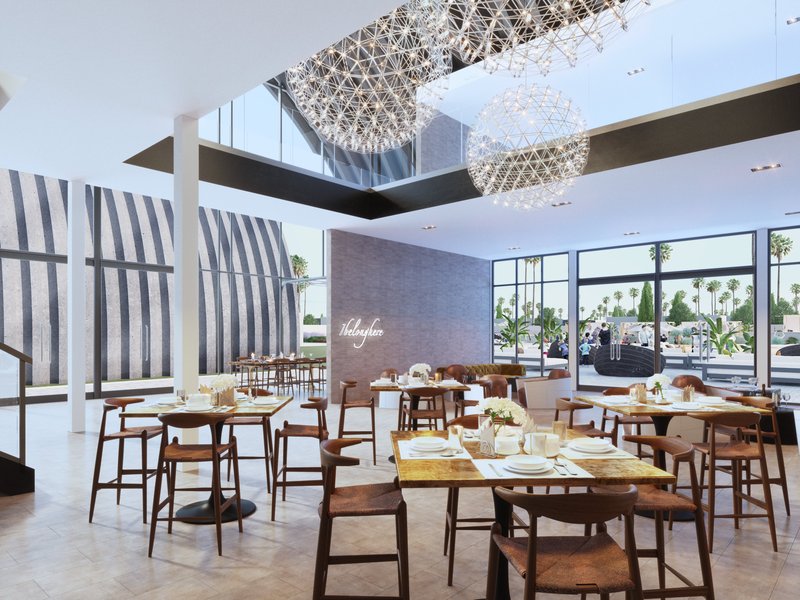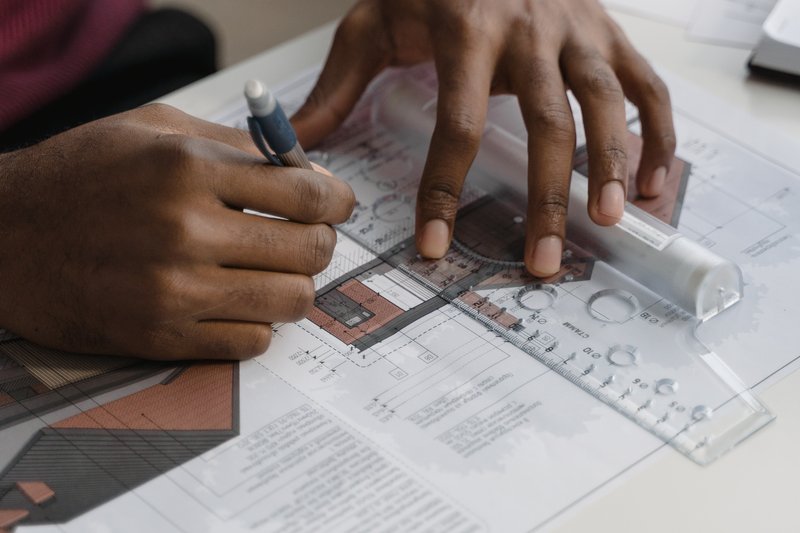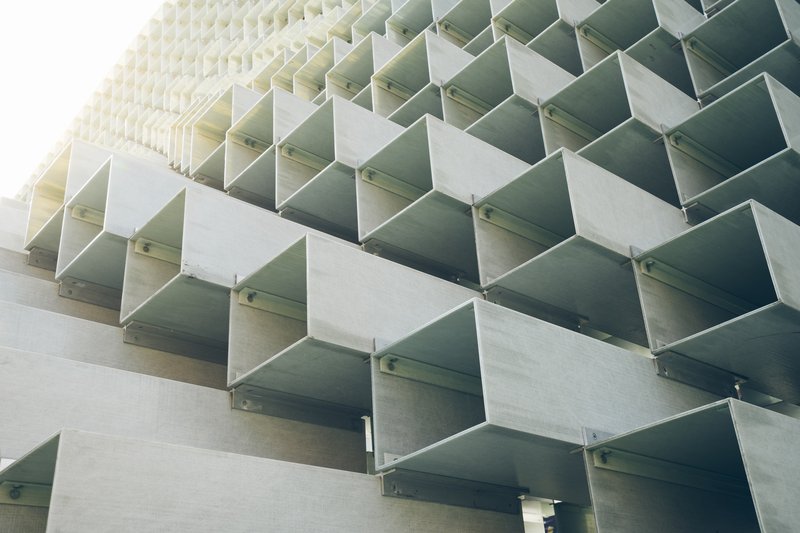Exploring Different Styles of 3D Architectural House Rendering
3D architectural house rendering has revolutionized how architects, designers, and clients perceive and communicate architectural designs. Various rendering styles have emerged with technological advancements, each offering unique visual aesthetics and effects. This article explores different 3D architectural house rendering styles, examining their characteristics, applications, and impact on design presentations. By understanding these styles, professionals can effectively choose and leverage rendering techniques to create captivating and realistic visualizations of architectural projects.
Photorealistic Rendering

Photorealistic rendering aims to replicate real-world conditions, creating highly detailed and lifelike renderings that closely resemble photographs. This style employs advanced rendering software and techniques to achieve accurate lighting, material textures, and intricate details. Photorealistic renderings showcase the project's design features, materials, and lighting conditions highly realistically. They are commonly used in marketing materials, presentations, and client approvals, providing clients with a true-to-life visualization of their future homes.
Photorealistic rendering requires meticulous attention to detail, such as accurately simulating natural and artificial lighting sources, realistic material textures, and precise shadows and reflections. The result is a rendering that appears almost indistinguishable from a photograph, enabling clients to envision their future homes with high fidelity. Photorealistic renderings are especially valuable for luxury residential projects, interior design presentations, and commercial developments, where capturing the essence of the space is crucial for decision-making.
These renderings allow clients to evaluate the impact of different lighting conditions throughout the day, the realistic representation of materials such as wood, metal, or stone, and integrating natural elements like landscaping and water features. Photorealistic renderings can also showcase intricate architectural details, such as ornate mouldings, intricate facades, and complex interior designs, providing clients with a comprehensive understanding of the design's aesthetic appeal.
Architectural Illustration

Architectural illustration, also known as artistic rendering, focuses on capturing a design's creative essence and atmosphere. This style often incorporates hand-drawn or digitally painted elements, emphasizing textures, colours, and unique architectural features. Architectural illustrations have a more artistic and expressive quality, allowing designers to convey a project's mood, concept, and character. They are frequently used in early design stages to communicate the overall aesthetic vision and evoke an emotional response from clients.
Architectural illustrations offer a more interpretive and subjective representation of a design. The focus is not on replicating exact proportions or material qualities but on capturing the essence of the design concept. This style allows for more creative freedom, allowing designers to emphasize architectural elements or evoke a particular atmosphere. Architectural illustrations are often used in marketing materials, concept presentations, and public engagements, as they can convey the design's vision and evoke an emotional connection with viewers.
Architectural illustrations can be created using traditional media such as pencil, ink, watercolour, or digital painting techniques. Using colours, shading, and brushstrokes can enhance the mood and evoke a specific emotional response. These renderings often have a more artistic flair, capturing the architect's vision in a way that transcends the limitations of photorealism. They are effective in portraying conceptual designs, historical renovations, and projects that emphasize the integration of architecture with natural surroundings.
Isometric Rendering
Isometric rendering presents the architectural design from a fixed viewpoint, showcasing the project with a three-dimensional representation while maintaining equal measurements along each axis. This style offers a balanced and proportional view of the structure, emphasizing the geometry and spatial relationships of the design. Isometric renderings are useful for conveying complex architectural forms, interior layouts, and urban planning projects, and they visualize how distinct elements fit together within the design space.
Isometric renderings have a technical and analytical quality, making them valuable for design development, construction documentation, and urban planning presentations. This style allows viewers to comprehend a design's scale, proportions, and spatial arrangements without distortion or perspective bias. Isometric renderings are often used to showcase building exteriors, floor plans, and urban landscapes, allowing stakeholders to understand the spatial relationships and evaluate the design's functionality.
Isometric renderings are created by projecting the three-dimensional design onto a two-dimensional plane without converging lines. This eliminates the distortion caused by perspective and provides a comprehensive view of the design's structure and organization. Isometric rendering can be beneficial when presenting complex architectural elements such as staircases, interlocking volumes, or intricate façade patterns. It allows stakeholders to assess the design's spatial efficiency, circulation flow, and integration of different architectural elements.
Augmented Reality (AR) Rendering
Augmented Reality (AR) rendering blends virtual elements with the proper environment, allowing clients to experience the architectural design in a real-world context. This style uses AR technology, enabling users to view the renderings through mobile or wearable devices. AR renderings provide an interactive and immersive experience, allowing clients to visualize the project from various angles, explore different design options, and even walk through the virtual space. This style enhances client engagement and decision-making, as users can assess the design's scale, proportion, and aesthetics in real time.
AR renderings offer an unparalleled level of interactivity and user engagement. Clients can experience the architectural design in their physical environment, superimposing virtual elements onto real-world surroundings. This style is beneficial for showcasing interior designs, allowing clients to furnish and decorate spaces to their liking virtually. AR renderings also enable stakeholders to evaluate the design's contextual integration, sunlight exposure, and spatial flow. By providing an immersive experience, AR renderings empower clients to make informed decisions and visualize the project's outcome more accurately.
AR rendering requires compatible mobile devices or wearable technology capable of displaying the virtual elements in real time. Clients can explore the design by walking around the virtual space, observing the interaction of light and shadow, and assessing the design's compatibility with the surrounding environment. AR renderings are valuable for commercial projects, interior design presentations, and large-scale developments where clients can experience the design's impact on their daily lives. They provide a dynamic and interactive visualization that helps clients understand the design's spatial relationships, functionality, and aesthetic qualities.
Futuristic Rendering

Futuristic rendering explores innovative and forward-thinking design concepts, showcasing architectural projects pushing traditional design's boundaries. This style emphasizes innovative materials, futuristic technology, and unconventional architectural forms. Futuristic renderings often employ bold colours, sleek lines, and dramatic lighting effects to create a sense of innovation and possibility. This style is commonly used for high-tech buildings, concept designs, and visionary urban planning projects. Futuristic renderings capture the imagination and inspire viewers by presenting architectural ideas that challenge conventional norms.
Futuristic renderings go beyond the constraints of present-day reality, allowing designers to explore bold ideas and unconventional designs. They are often used in competitions, design showcases, and visionary projects where creativity and innovation are the driving forces. Futuristic renderings can capture the attention of clients and the public, generating excitement and interest in groundbreaking architectural concepts. This style encourages viewers to imagine the future possibilities of architecture and pushes the boundaries of what is possible in design.
Futuristic renderings often incorporate advanced technology, sustainable elements, and visionary concepts. They can showcase renewable energy systems, smart home technologies, innovative building materials, and imaginative urban planning strategies. By presenting these ideas in a visually compelling and futuristic manner, designers can inspire discussions, challenge conventional thinking, and pave the way for the future of architecture.
Conclusion
The evolution of 3D architectural house rendering has provided architects and designers with a diverse range of styles to communicate their design visions effectively. Whether through photorealistic renderings that replicate real-world conditions, architectural illustrations that capture the artistic essence of a design, isometric renderings that emphasize spatial relationships, augmented reality renderings that offer interactive experiences, or futuristic renderings that push design boundaries, each style has its purpose and impact. By understanding the characteristics and applications of these rendering styles, professionals can choose the most appropriate approach to showcase their architectural designs and engage clients and stakeholders. Selecting a rendering style should align with the project's goals, target audience, and desired visual impact. With advanced rendering tools and software availability, architects and designers can leverage these styles to create immersive and compelling visualizations that accurately convey their design intent and captivate viewers. Exploring different rendering styles allows for a creative and dynamic presentation of architectural concepts, elevating the communication and understanding of designs in the industry.
Our Services
View some of our most popular services below.











